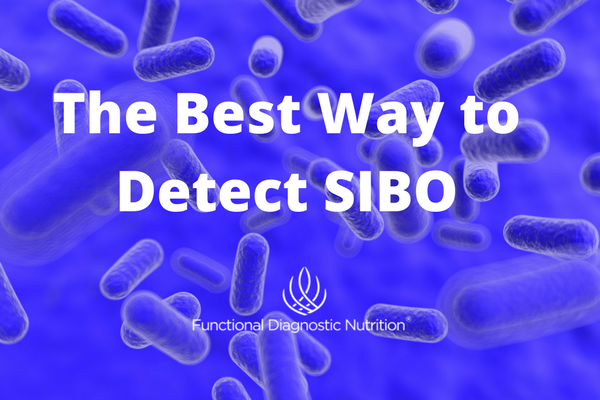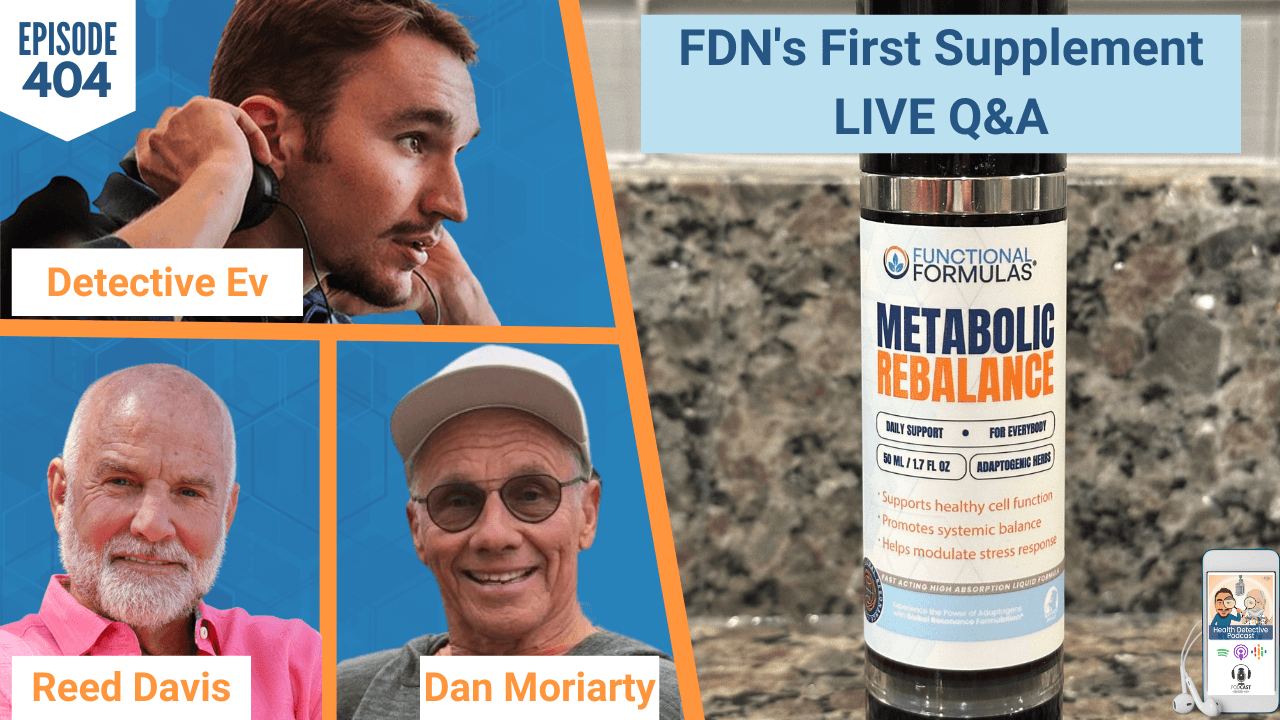In the world of digestive health, small intestinal bacterial overgrowth, or SIBO is a growing problem. In this condition, an abnormally large number of bacteria that are commonly found in the large intestine have migrated to the small intestine. It can also occur when populations of bacteria that are normally found in the small intestine grow too large. But what is the best way to detect SIBO, and why is SIBO a problem?
Why it is a problem
The role of the small intestine is to digest food and absorb nutrients into the body. Because of this the small intestine typically contains a much smaller number of bacteria than the large intestine. So, when the bacteria migrate to the small intestine, it causes fermentation instead. The fermentation releases gases such as methane and hydrogen.
This malfunction in the digestive process leads to symptoms such as abdominal pain and bloating, gas, diarrhea, GERD, reflux and protein or fat malabsorption. An association has now also been made between SIBO and irritable bowel syndrome (IBS).
So how is SIBO detected?
Testing is the first line of defense when suspecting a SIBO infection. It helps to take the guesswork out and pinpoint exactly what levels of hydrogen and methane are present.
It is common for a small amount of hydrogen to be present in the small intestine. This comes from small amounts of carbohydrates that have not been absorbed in the digestive process. However, if a large amount of carbohydrates are not being broken down and are fermenting in the small intestine, large amounts of hydrogen will be produced because of the fermentation process. This can be caused by SIBO.
Up to 30% of people have a type of gut bacteria that converts hydrogen to methane. So, when SIBO is present in these individuals, they may not show high amounts of hydrogen in their system. This is because the bacteria is able to convert it to methane instead.
Why is it important to test?
In the current model of healthcare, doctors look at groups of symptoms and make a diagnosis. This is based on the most common diseases that match those symptoms. And while they may do lab testing to confirm that disease is present, it will not directly pinpoint the problem. Once they have a diagnosis, they treat the symptoms associated with that diagnosis. But there could be other causes of these common digestive complaints that are overlooked. Parasite infections and even food allergies or intolerances often cause similar symptoms. Testing helps to target the actual cause so that the right protocol can be created to help reverse the symptoms and restore optimal function.
Testing takes the guesswork out and allows you to deal with SIBO the right way, so that you can finally begin to feel better. It takes you off the hamster wheel of trial and error that is so common with conventional medicine.
Testing is a non-evasive breath test which is simple to do. There is a 24 hour preparatory time before you take the test when there are dietary restrictions. The last 12 hours of the 24 hours will be a time for fasting. This is to assure the best results. Testing procedures are clearly laid out for you, so that you can be sure you are doing it correctly.
Treating the Wrong Problem
Many people struggle for years with SIBO infections and get no relief because they are treated for the wrong problem. Identifying the infection properly through testing, and starting the right protocol to reduce bacterial populations in the small intestine can help you to begin feeling better again quickly.
If you are interested in testing, it is important to find a qualified SIBO practitioner who can help you to overcome this overgrowth. A qualified FDN practitioner who is an expert on SIBO can help! Please contact [email protected] to be connected with a SIBO trained practitioner and get yourself on the road to recovery!
Are you a practitioner? Do you know how you can you help your clients overcome the effects of SIBO?
FDN is offering a special SIBO course, where you will get to the heart of what SIBO is and how you can help clients who are struggling with it. In the course, you’ll learn about the main gases produced by SIBO bacteria, why it occurs, what causes it, and the symptoms you can expect to see when a client presents with SIBO.
Also, you will learn when is the best time to recommend testing for SIBO and which tests to use to determine if SIBO is present. In addition, you will learn how to interpret SIBO test report and how to create the right protocols to help your clients heal. Finally, we’ll address SIBO retesting protocols and help you identify your clients who are at greater risk of developing SIBO or having a relapse after initial treatment.
Ready to help your clients and distinguish yourself from other health experts? Become a SIBO expert.







